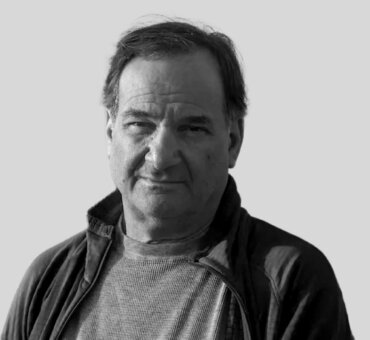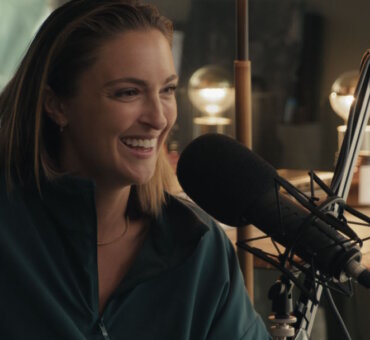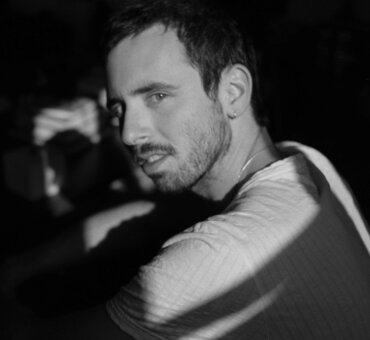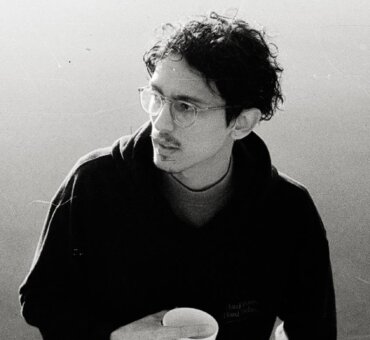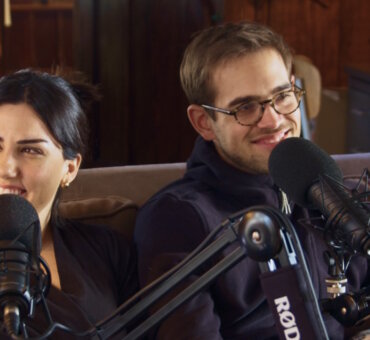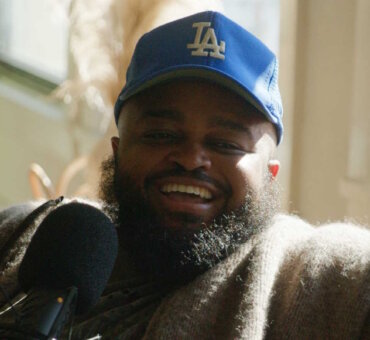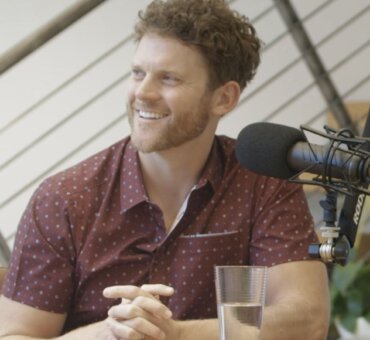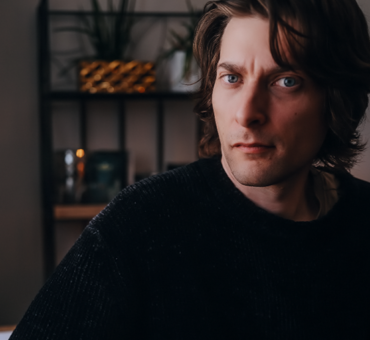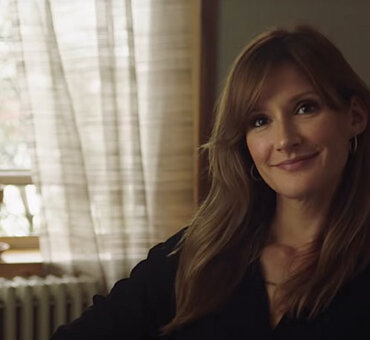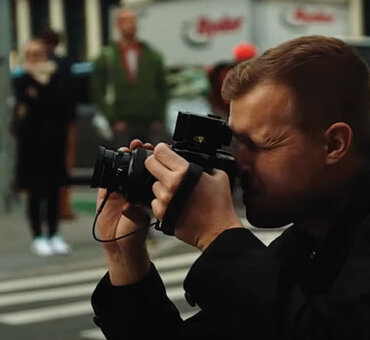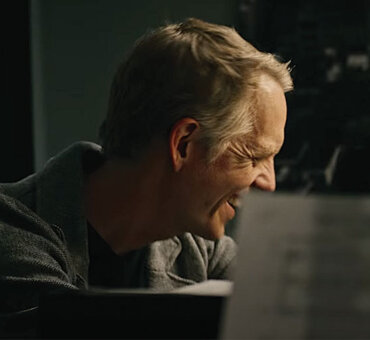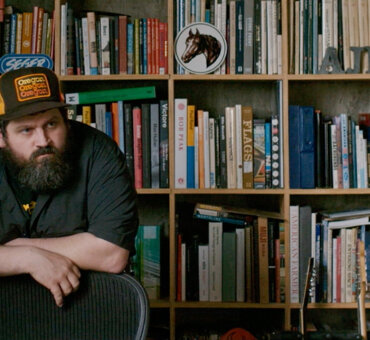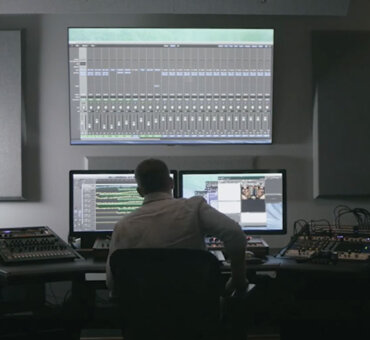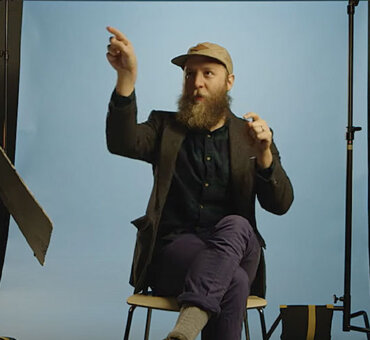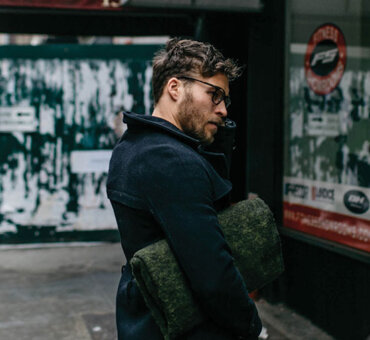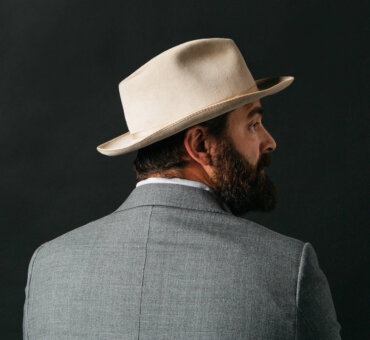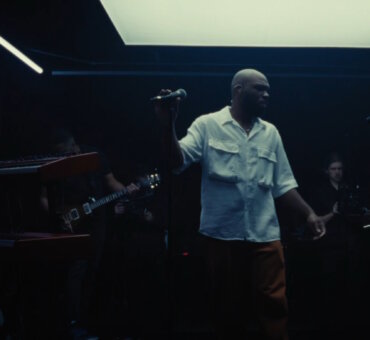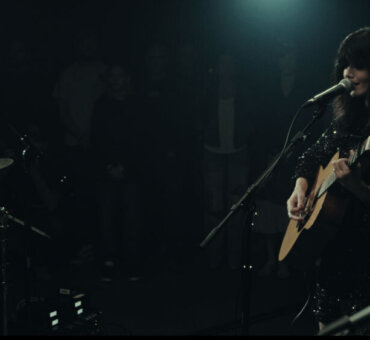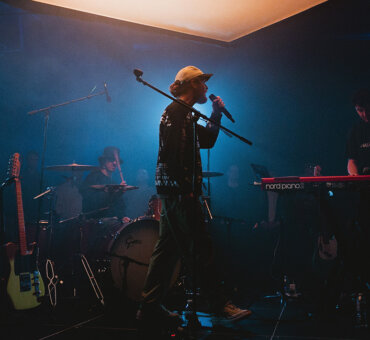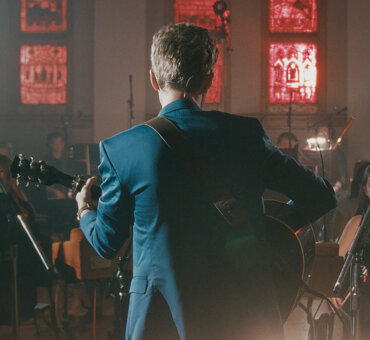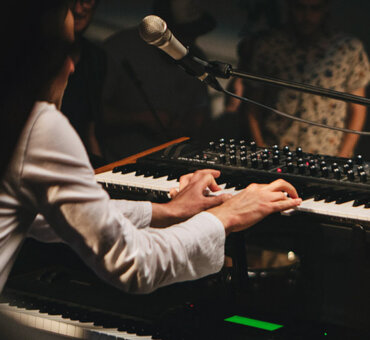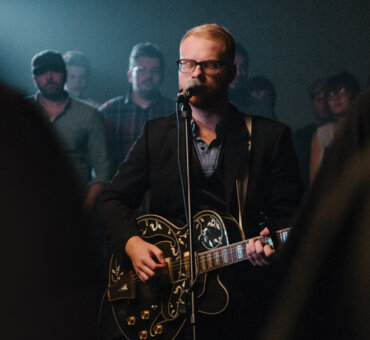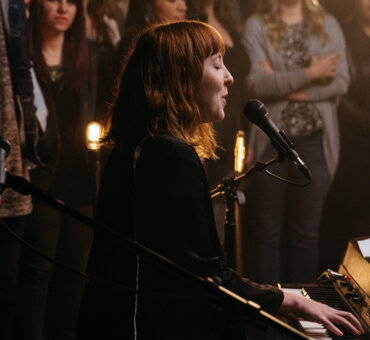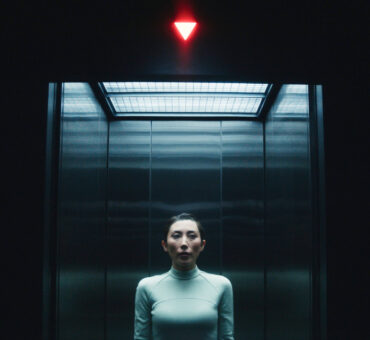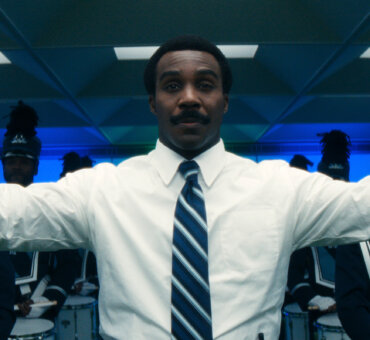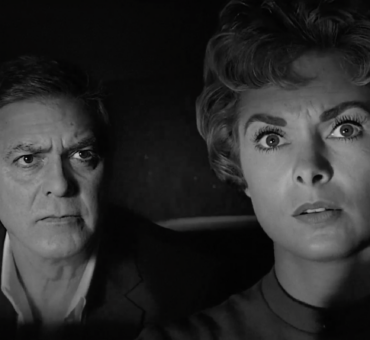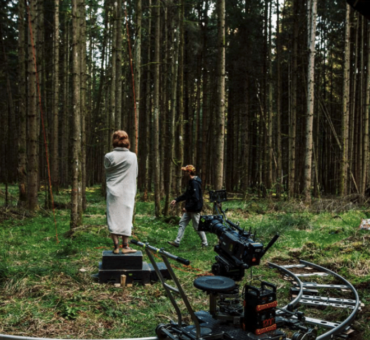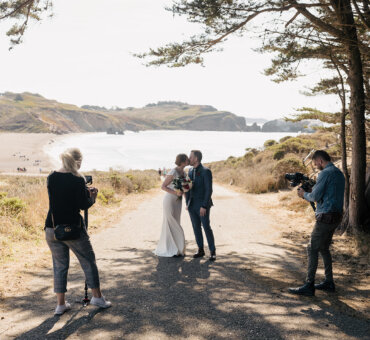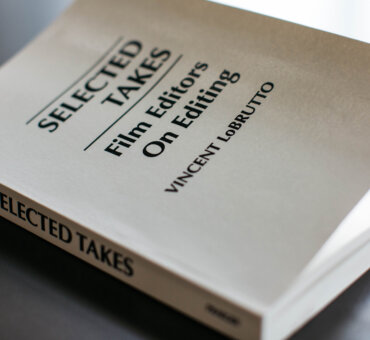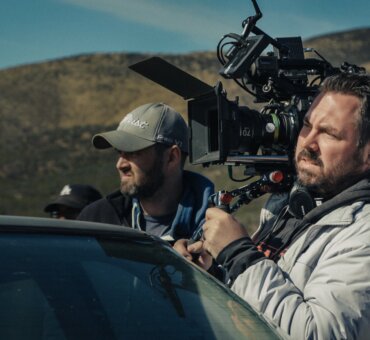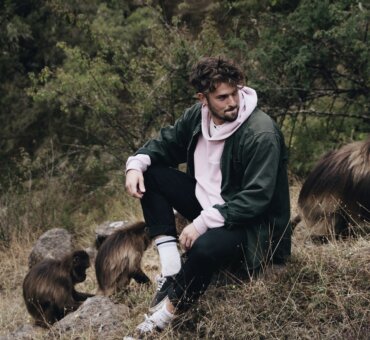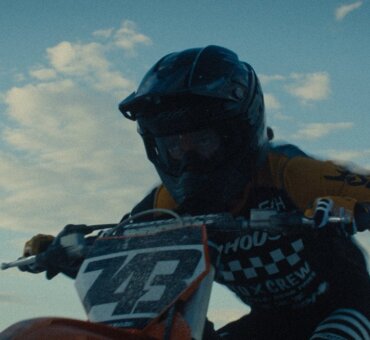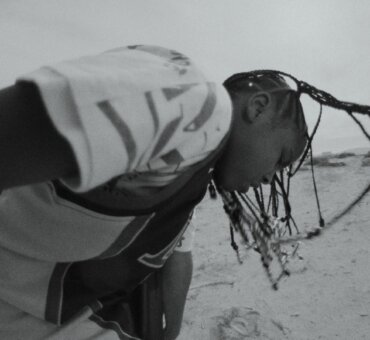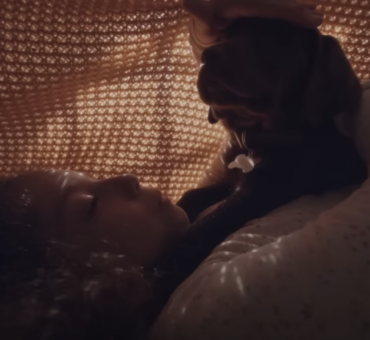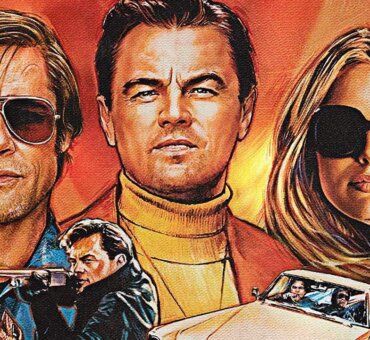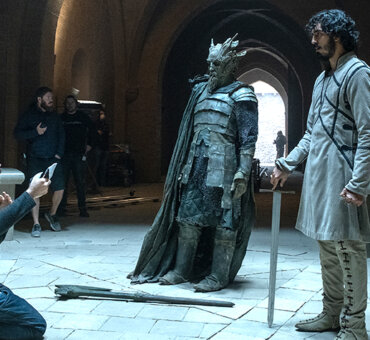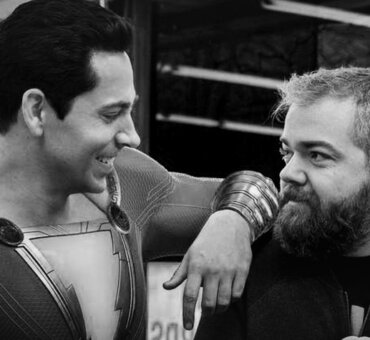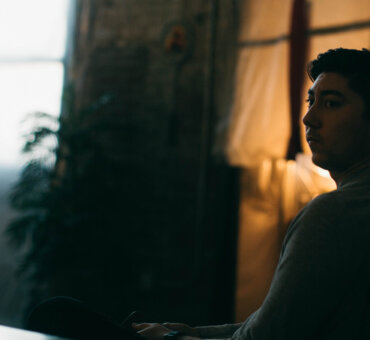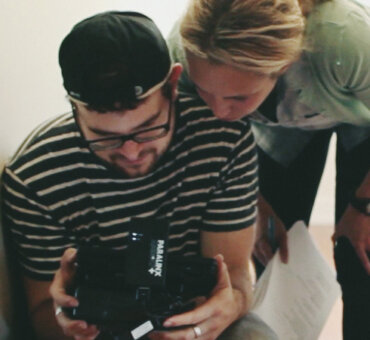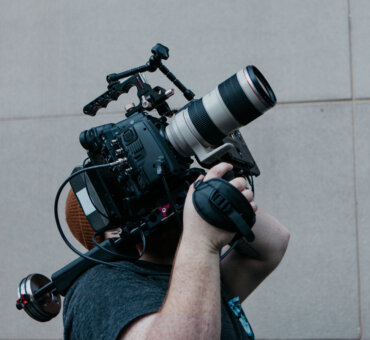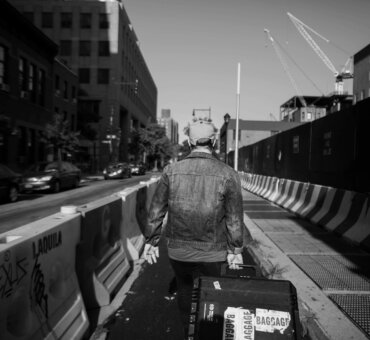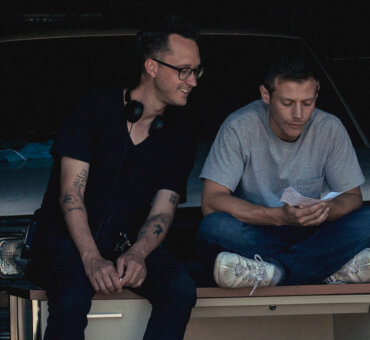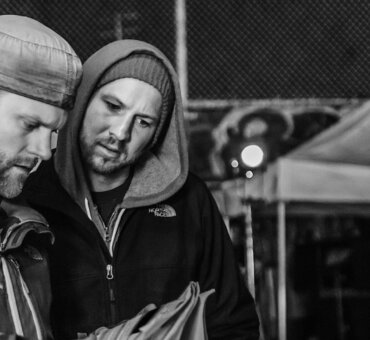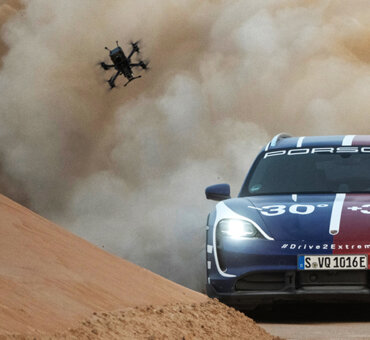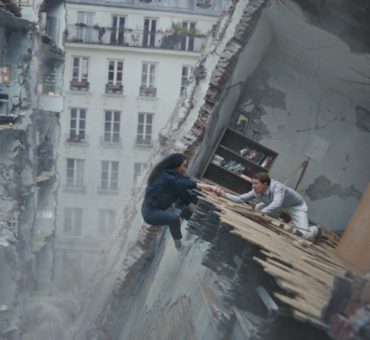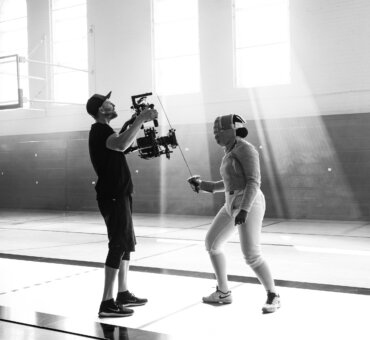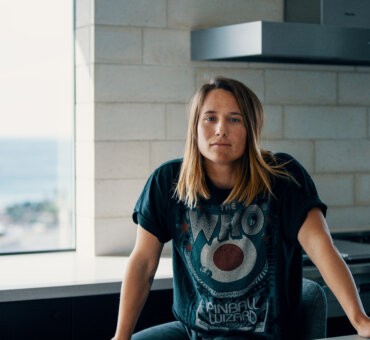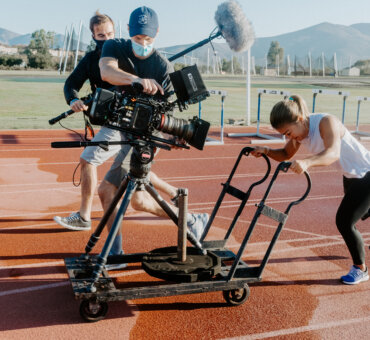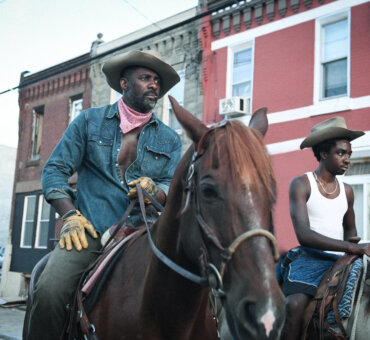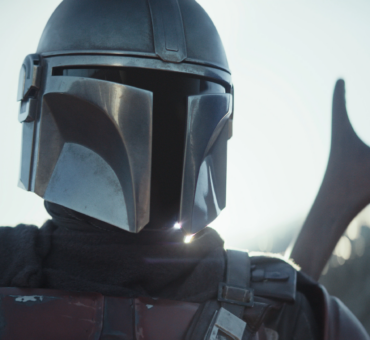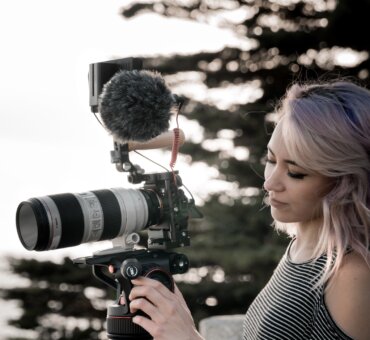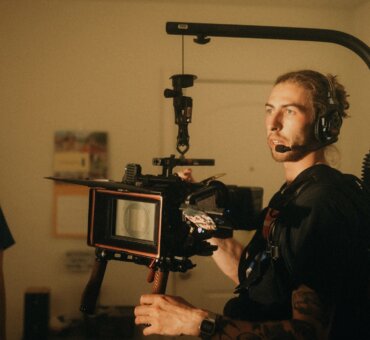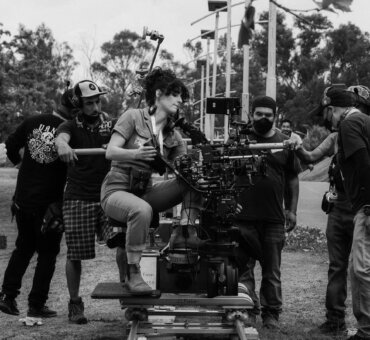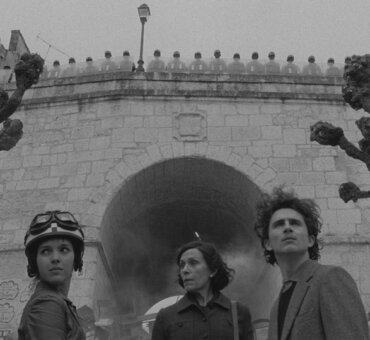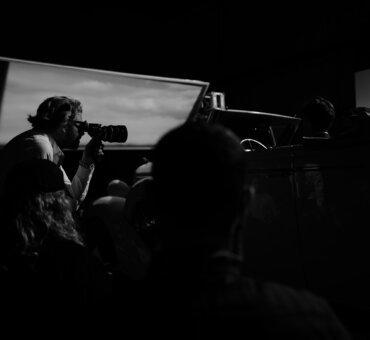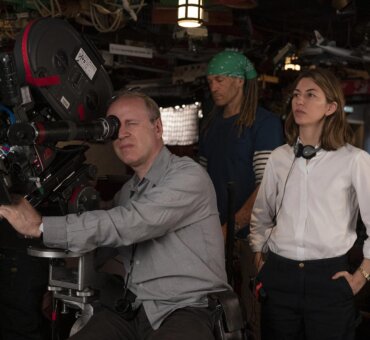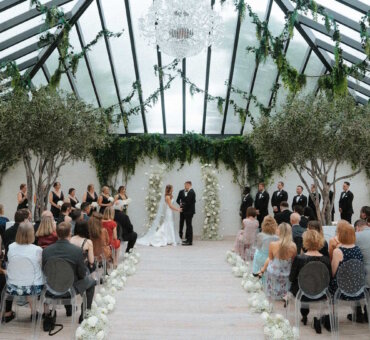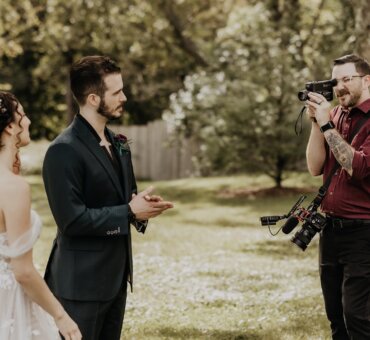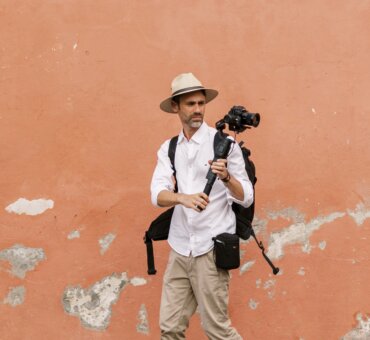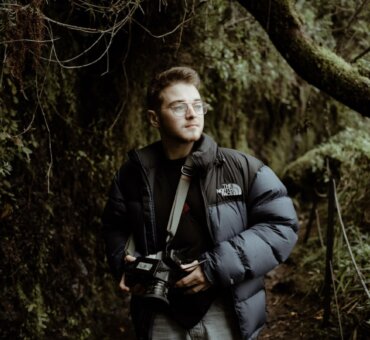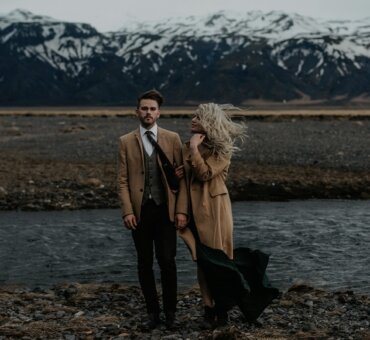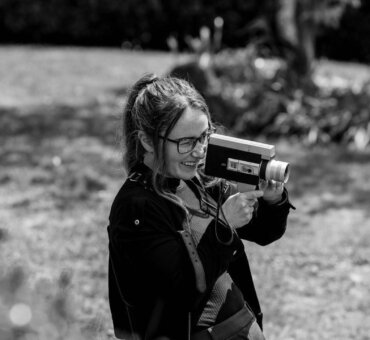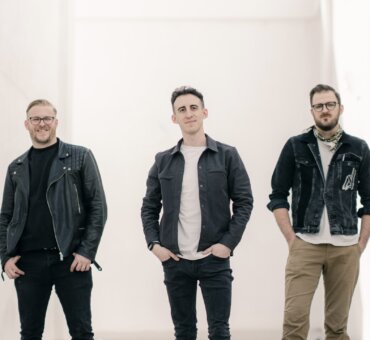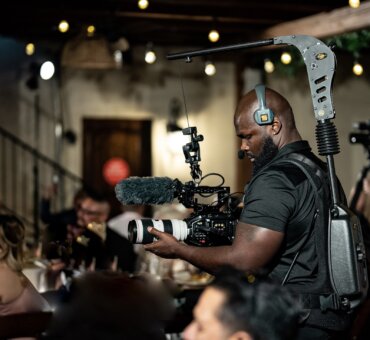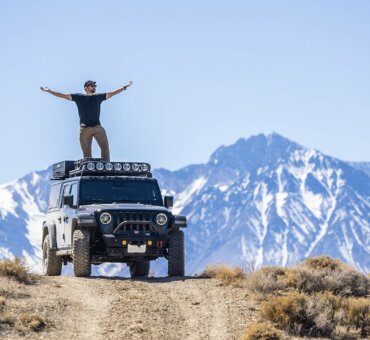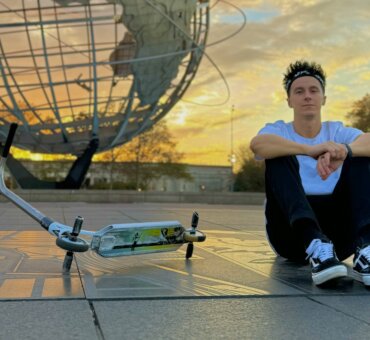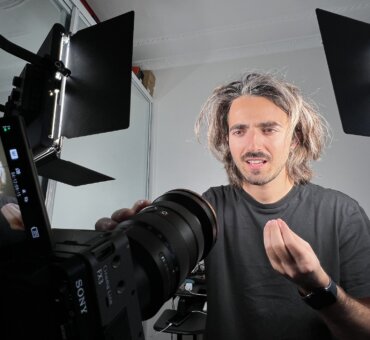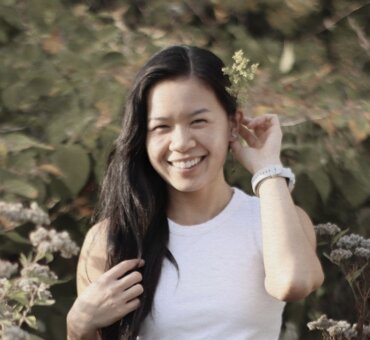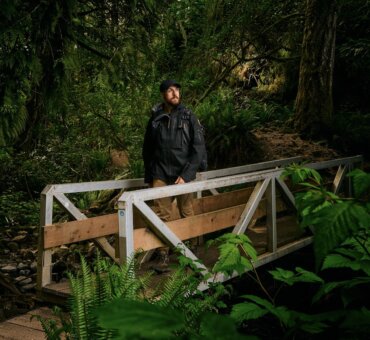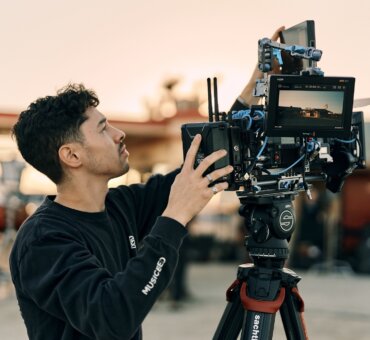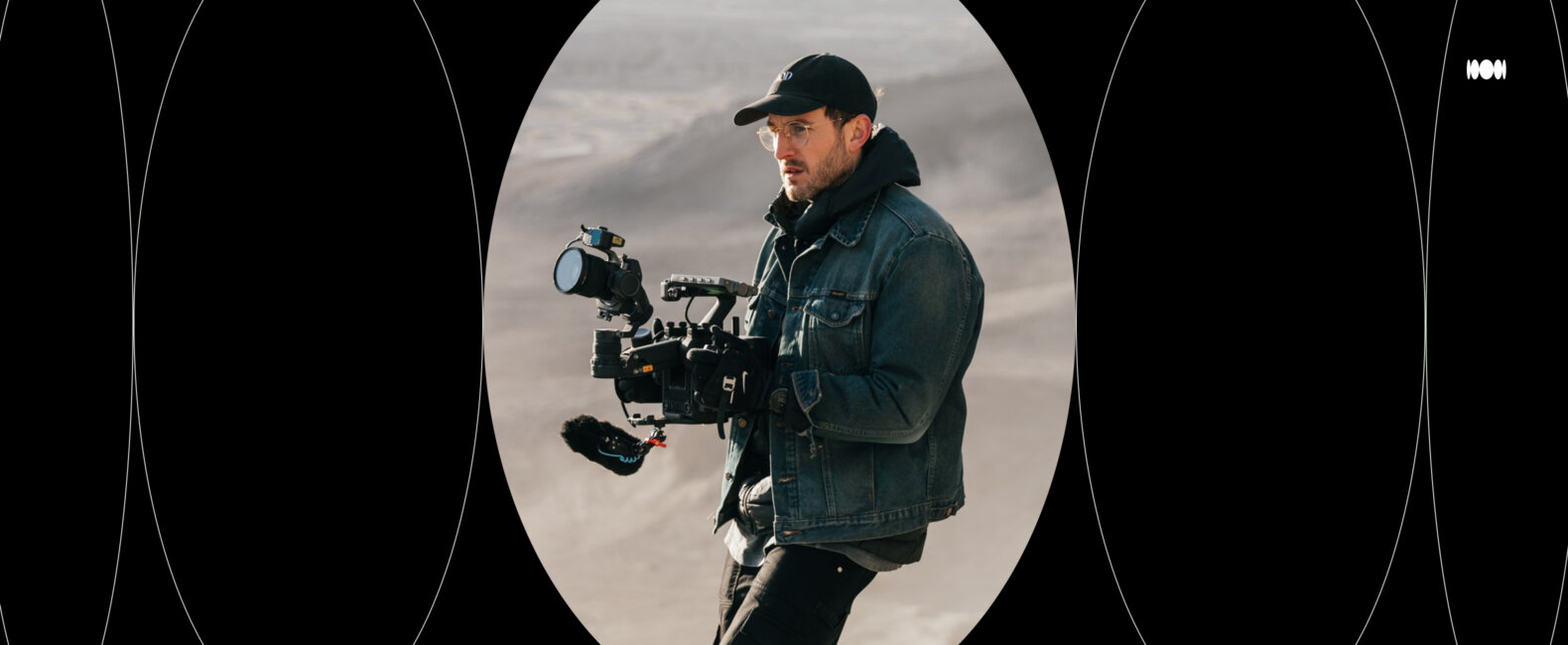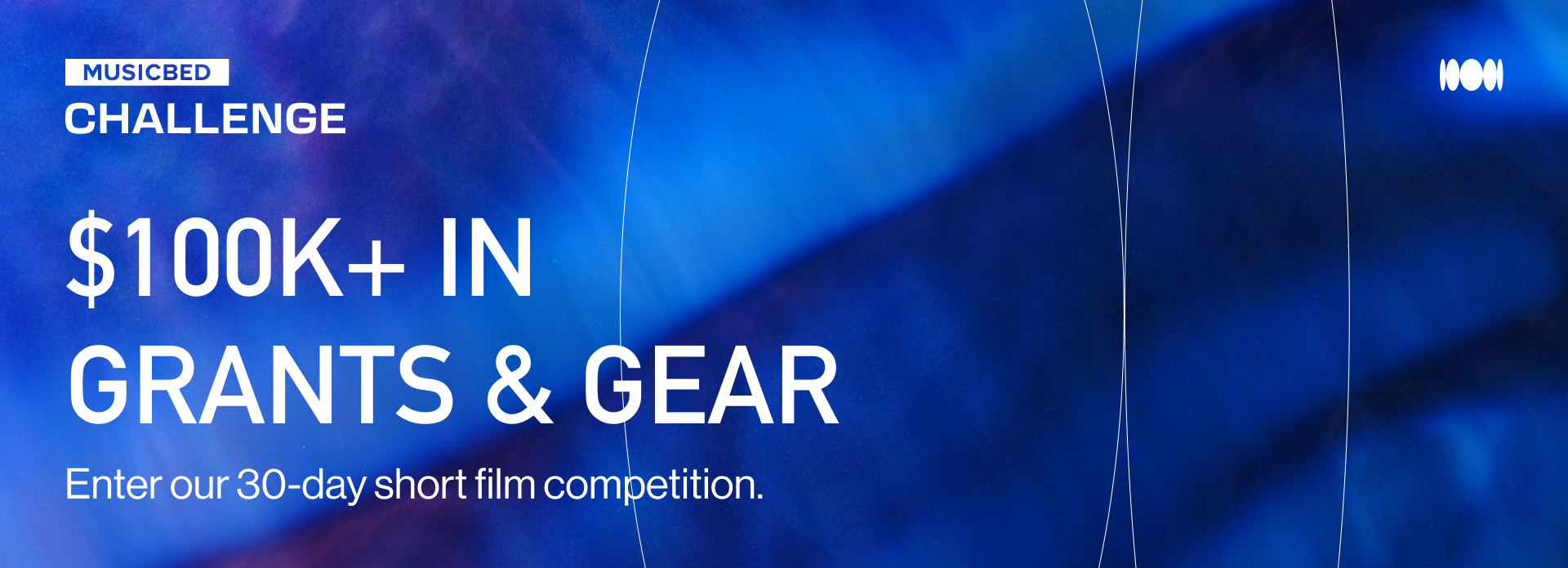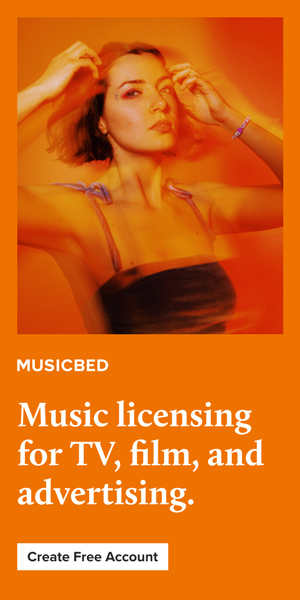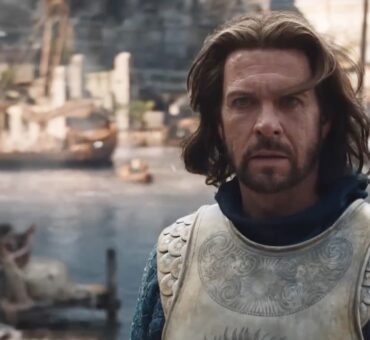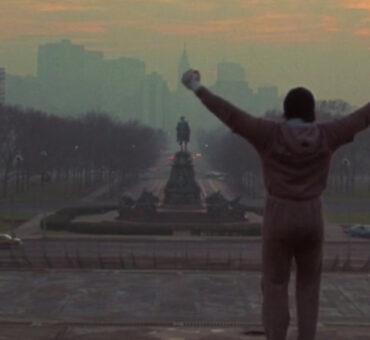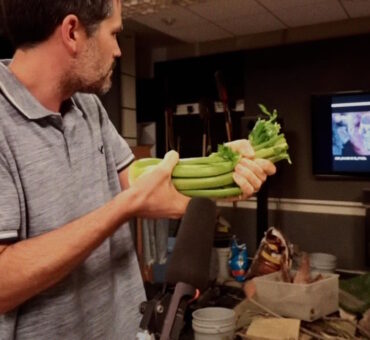The filmmaking journey of Mark Bone didn’t start with a grand Hollywood dream. It started on quiet Sunday afternoons, crafting stop-motion films with Dragon Ball Z action figures and his 1MP webcam.
But what began as childhood creativity evolved into a deep passion for storytelling, one that would take him across the world to document untold human experiences.
In this conversation, Mark reflects on the pivotal moments that shaped his career, why he was drawn to documentary filmmaking, and the techniques he uses to craft narratives that truly resonate.
We’ll also discuss Mark’s role in this year’s Musicbed Challenge, where he’ll join a panel of industry heavyweights to judge standout film submissions.
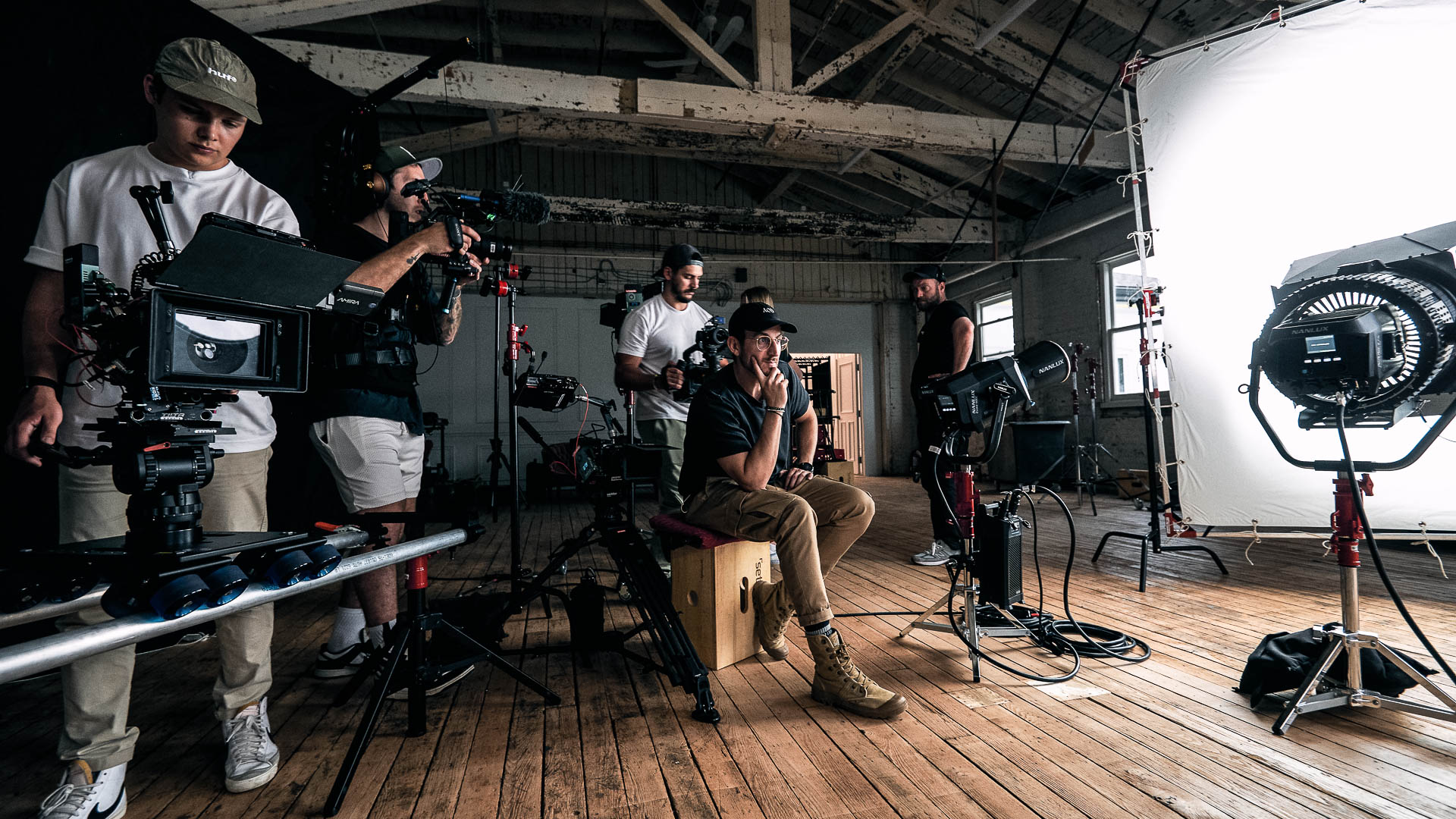
MUSICBED: What sparked your interest in filmmaking?
Mark Bone: My first experience with filmmaking came when I was 12 years old.
We had a one-megapixel Logitech webcam with a stop animation option on it, and I would spend endless Sunday afternoons creating movies with my Dragon Ball Z action figures.
Most of my videos would end with my dog suddenly appearing in the animation and devouring all of the action figures.
What drew you to documentary filmmaking? What makes it different from other film genres?
Mark Bone: What drew me to filmmaking was a trip to Egypt during the Darfur war, where I worked with aid organizations helping Sudanese refugees.
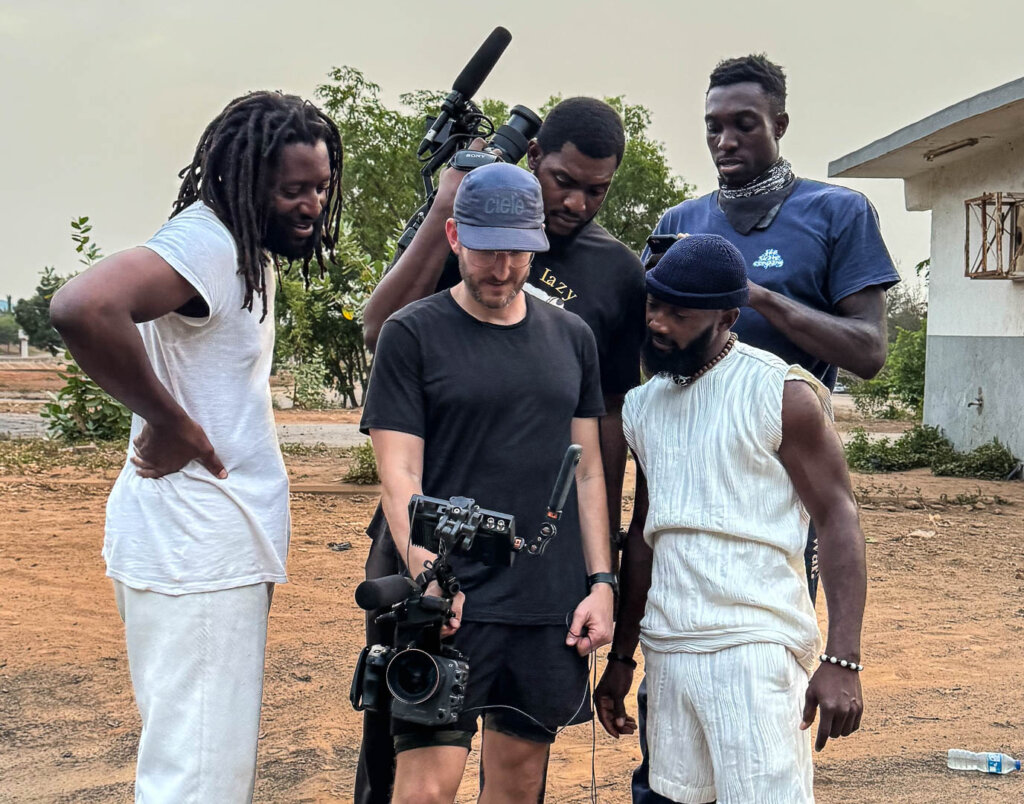
I was still only a teenager, so my responsibility was to connect with refugees while they waited for medical care. I would simply sit with them and listen to their stories.
But I quickly learned that the best I could offer in these times of distress was conversation and compassion.
Their heroic efforts astounded me, and I began to feel the pull—the responsibility, even—to tell stories like theirs.
Around the same time, I remember hearing about the astronomical budget of a Spider-Man film—half a billion dollars, even back then—and thinking how that money could fund hundreds of documentaries instead.
That realization, combined with my love for real-life storytelling, pulled me toward documentary filmmaking.
Documentaries were easier to grasp — and they were more meaningful to me.
It’s been films like Baraka and Koyaanisqatsi—films based on true stories that have really captivated me. I just loved the idea of capturing life as it unfolds rather than crafting fictional narratives.
Documentary filmmaking, at its core, is about truthful cinema—capturing the complexity of life while adding your own artistic perspective. Life itself is so rich and compelling that the chance to frame it as art feels like a privilege.
What have been some pivotal moments or projects that shaped your career?
Mark Bone: Shooting Rescate, a short documentary, in the Dominican Republic, was a transformative moment in my career. At the time, I was shooting a lot of commercials, so stepping away from the constraints of agencies and clients to be alone in a foreign country with my camera was pivotal.
Surrounding myself with and capturing the stories of volunteer Paramedics, who I viewed as heroes, reaffirmed my purpose.
It made me realize this was what I was made to do.
Another defining project that shaped my career was ASD BAND: The Movie. I had an incredible festival circuit with that film, and I really learned what it was like to direct a feature film on my own.
Navigating the intense COVID restrictions in Canada was a challenge, but the experience also helped me discover the power of subtlety in storytelling.
I learned that not every moment needs to be a fever pitch with high stakes or dramatic tension to resonate.
The film’s success on the festival circuit and the way it connected with audiences showed me how effective understated, authentic storytelling can be.
Both projects shaped my approach and deepened my love for capturing real, meaningful stories.
Was there a particular film you created that helped propel your career to where it is now?
Mark Bone: I look back to the movie Rescate. And whether or not it was the most watched piece of filmmaking I’ve ever made—or whether or not it’s the best film I’ve ever made—it certainly was the piece that empowered me to believe I was a filmmaker.
That one piece alone has gotten me so much work, and it was just one of the most fun experiences.
It was one of the first times my passion, taste, style, and desire to see films about unknown heroes all collided.
Who has been a major influence or mentor in your career? How have they impacted your approach to your work?
Mark Bone: I know it might seem cliché, but my parents have been a major influence in my career. They are obsessed with indie cinema filmmaking.
My mom, especially, incessantly reads film columns, becoming aware of the latest intriguing pieces of film from across the globe. They put me to shame with how much more they have a pulse on directors and the latest films.
My parents have a membership to a small theater nearby. They’ll bug me to come watch films like The Brutalist on 35mm film.
Because of that, I’ve been exposed to a variety of films that I never would have seen otherwise.
They opened my mind to the world of cinema, and it’s definitely had an impact on my career and on my filmmaking.
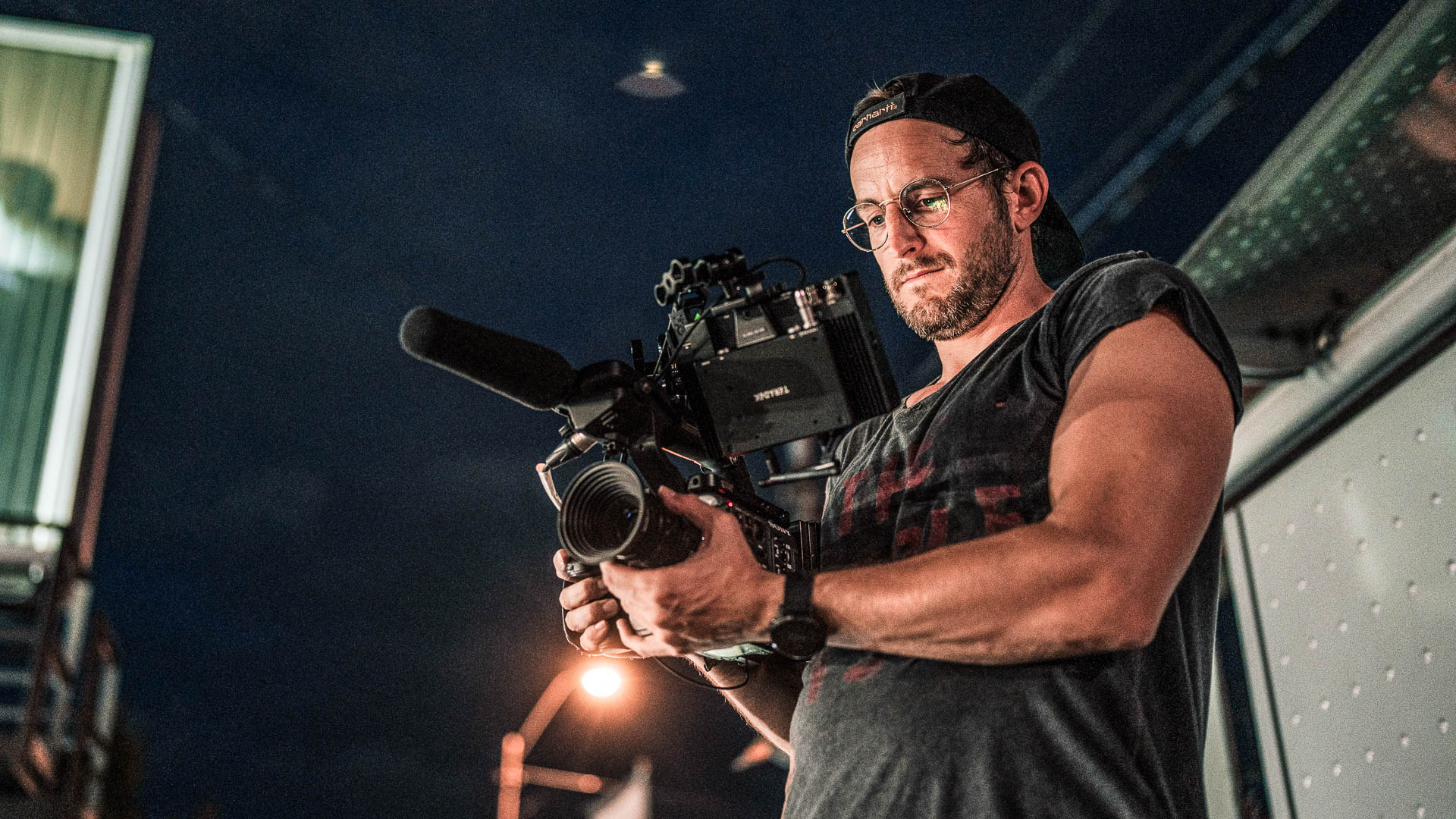
What is it that drives you to tell the stories you tell?
Mark Bone: I create documentary films as a chance to tell the stories of people who hold real weight to me.
I think of some of the parents in the ASD Band film. I think about what they’ve navigated in some of their lives and about what their children have also had to overcome.
To me, that is the trappings of a really interesting character. Those are the protagonists whose stories I want to tell.
I love to explore what people feel. I’m so intently curious about discovering how intense experiences in someone’s life shape their worldview. Doc filmmaking gives you a unique platform to explore this with people who have a different life experience than your own.
RELATED READS: The Heartbeat of Captivating Stories – A Conversation with Filmmaker Gene Yoon
What are some of the techniques you use to make storytelling more engaging and emotionally impactful?
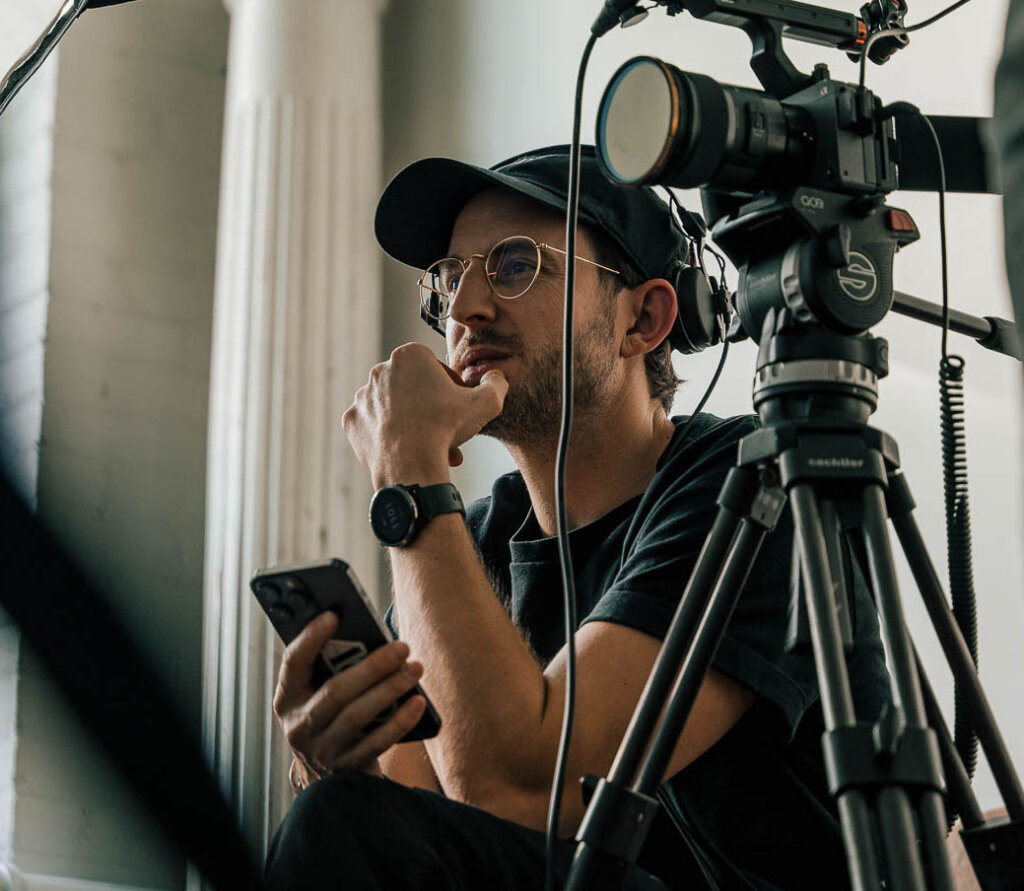
Mark Bone: I believe every shot carries some level of metaphor. I often remind my editors and cinematographers that no frame is without meaning.
Every time we set up the camera, hit record, or place a clip into the timeline, I ask myself:
What does this shot mean? What does it say? Does it contribute to the story we’re telling?
This approach allows for metaphorical juxtaposition within the shots. It creates layers of meaning that may not be immediately obvious to the audience but creates replay value for your films.
It also gives viewers the space to interpret and find their own meaning in the visuals.
In practice, it can be as simple as how you frame a character or as nuanced as the amount of light you let into a room.
For me, it’s one of the most rewarding aspects of filmmaking: crafting shots that communicate something deeper than what’s on the surface.
RELATED READS: A Documentary Director Shares How to Use Music With Intentionality
Talk to us about your process for selecting the right music for your projects. Where do you start, and how do you make the final decision?
Mark Bone: When I choose music, I look for two things. I either look for something new that sparks a creative breakthrough by firing synapses I haven’t yet experienced, or something that inspires vivid images in my mind.
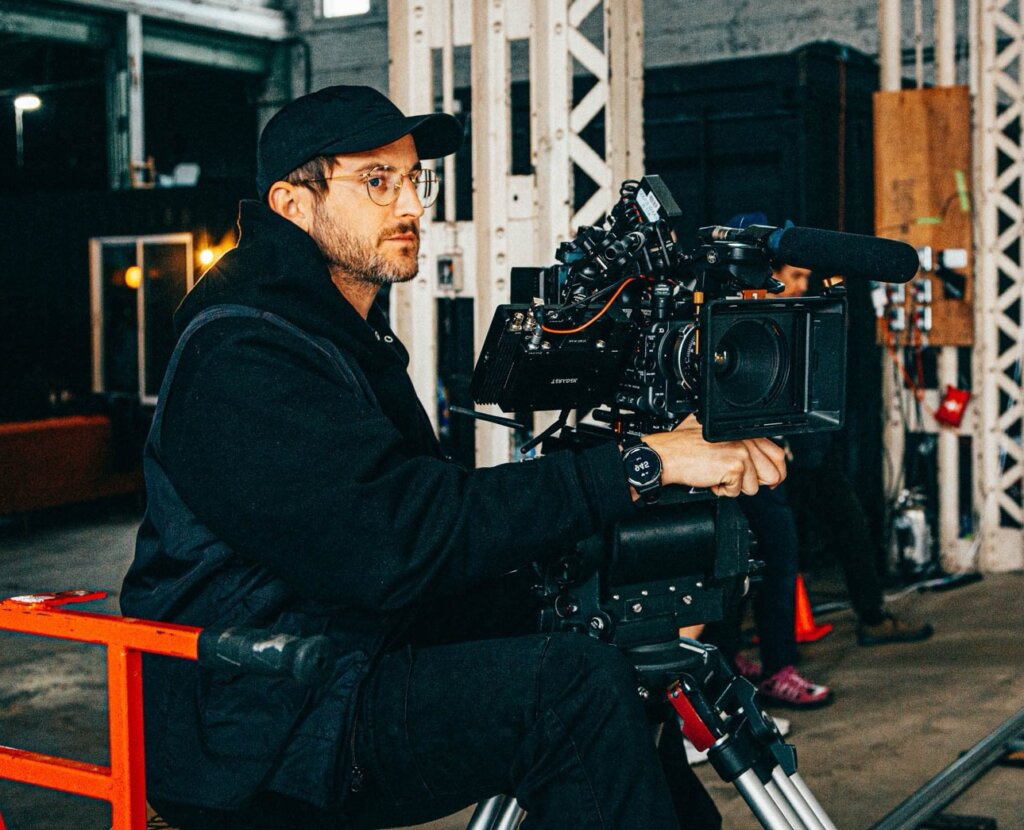
“When the right music is connected with the right characters and the right framing, even a simple shot can make you feel something powerful. That’s what I love about filmmaking.”
Mark Bone
This connection between music and visuals is something I can’t escape in my mind. It’s been my main source of inspiration and creativity. It’s how I first interface with the inspiration for my films.
Many of my film ideas simply come from hearing a song and then beginning to see scenes playing out in my head to that song. I then research to see if there are real-life people who embody those ideas.
As a kid, I’d listen to music on my Walkman during family trips to Florida and imagine music videos for each song.
Even now, when I hear music with emotional depth or traditional score elements, my mind can’t help but begin to craft scenes—whether it’s for the ones I’m working on or on future projects.
For me, selecting music comes down to two questions:
Do I feel something? And Do I want to pair images with this?
From there, I ask, Is this song too obvious?” I prefer music that subtly complements the visuals rather than overpowering them.
It’s all about finding the right balance and letting the music enhance the story without stealing the spotlight.
RELATED READS: The Art and Science of Music Selection With Joanna Batemits
Besides music, what other techniques do you use to enhance the emotional impact of your storytelling?
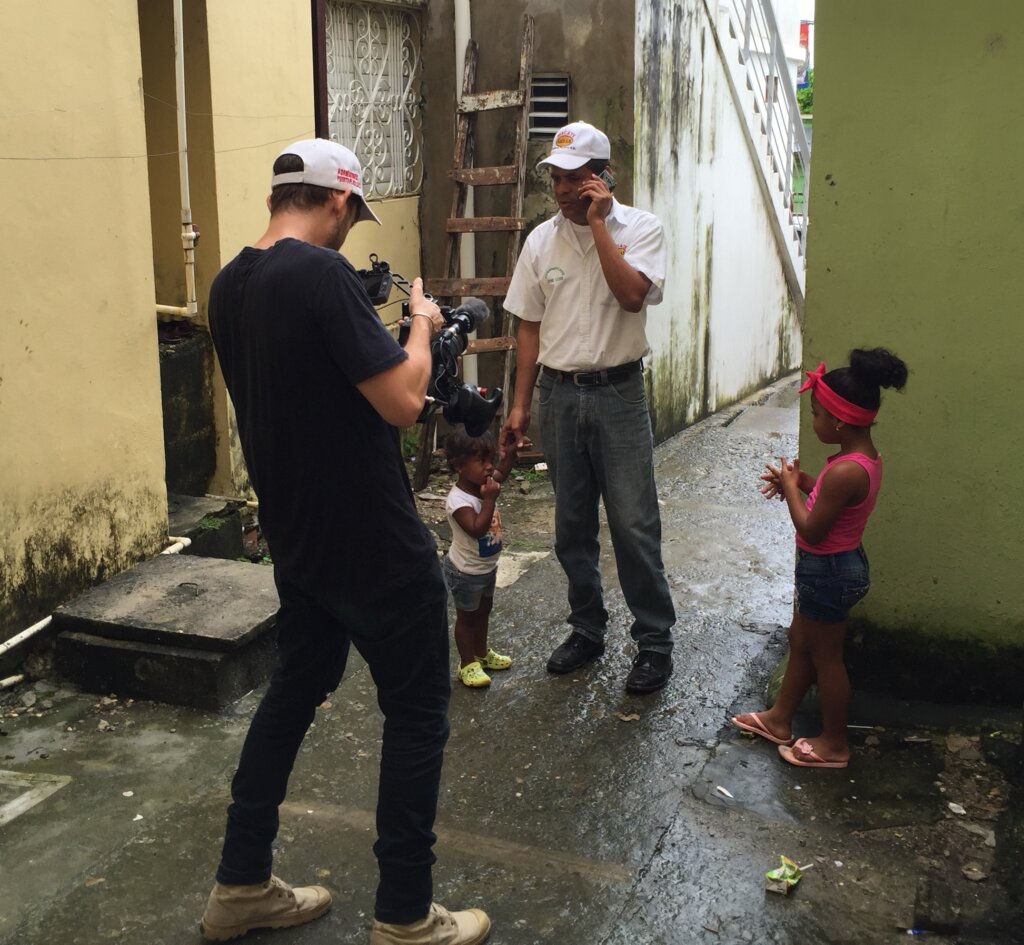
Mark Bone: I like my film sets to be safe places for my characters.
I want the people whose stories I’m telling to feel brave so they can go to new areas in their emotions, describe past events they may not have spoken about, or open up on camera in ways they didn’t imagine.
The film sets I have and the crew I choose have to be a place of support and openness.
By creating that environment during production, the emotional impact comes through on the screen.
It’s a delicate balance—recognizing that these individuals are both humans and characters in a story that deserve every layer of respect.
But if they give you permission, you also have to guide them toward honesty. Dishonesty is one of the quickest ways to kill a story.
That said, I don’t believe you can lead people to places you haven’t gone yourself.
In my own life, through counseling, mentorship, and everyday conversations, I strive to be open and vulnerable. If I can’t be that way with others, why would they feel safe being that way with me?
RELATED READS: Barry Jenkins: Using Music To Create Emotion and Empathy for Characters
What’s something you’ve seen lately where the music really elevated the storytelling?
I watched the trailer for The Causeway, and the music, completely hooked me. I’ve probably seen that trailer 25 times and played the song 200 times.
When the right music pairs with the right characters and framing, even something as simple as Jennifer Lawrence walking toward a public pool can hit me so hard that it brings me to tears.
There’s no logical reason why, but that’s the magic of filmmaking combined with powerful music. It makes you feel something deeply. And sometimes, it’s just nice to cry.
What’s something that inspired you or caught your attention lately?
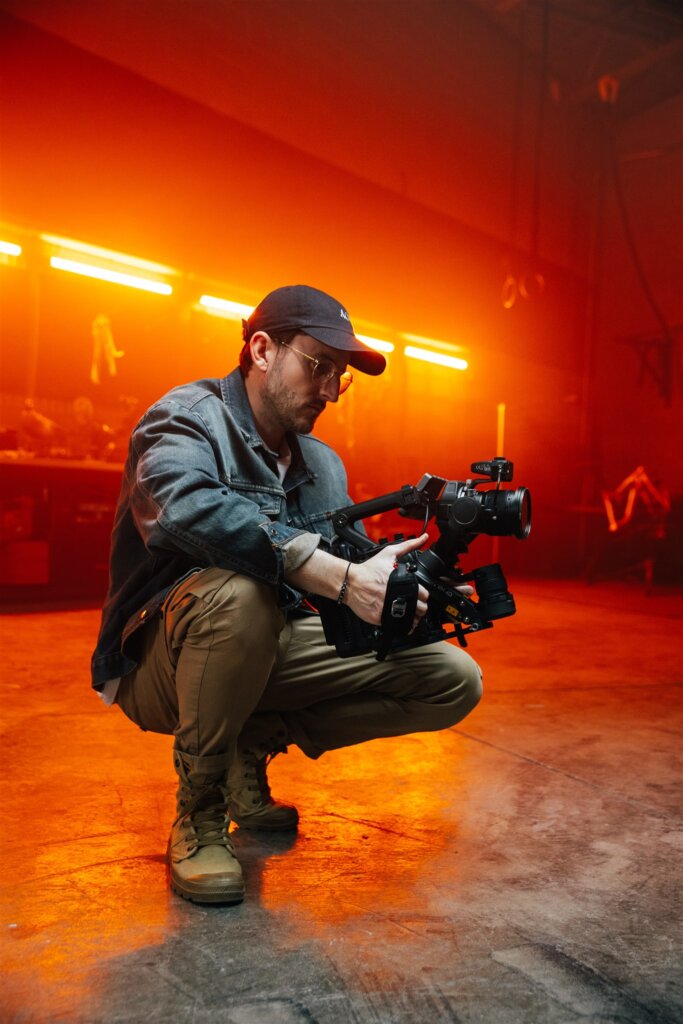
Lately, I’ve been revisiting the TV series Mindhunter, and I’m struck by its deliberate, methodical pacing.
The show never feels rushed, even in scenes that are just three people talking in a conference room.
When you combine great dialogue, incredible set design, and elevated acting, even the simplest moments become captivating.
I have a deep appreciation for slow filmmaking because, let’s face it, much of life is slow—or at least not always exciting. But when cinema turns those quiet moments into something powerful, it’s truly inspiring.
Directors like David Fincher, who pour so much consideration into every frame, remind me of the artistry behind it all.
It’s easy to be cynical and say they had a huge budget. But that doesn’t take away from the fact that every pixel feels intentional and transports you straight back to the 1970s.
Another show I’ve been loving is Winning Time, which my editor, Lewis Gordon, recommended.
It’s a wild mix of formats, music, and genres—almost like 10 different styles of filmmaking rolled into one.
It’s chaotic, fun, and a refreshing reminder of how creative storytelling can be.
RELATED READS: A New Lens for Netflix’s “Mank” with Oscar-Winning Cinematographer Erik Messerschmidt, ASC
What is it about Musicbed that stands out to you? Why would you recommend Musicbed as a resource for editors and filmmakers?
I often just say this, but it’s made by filmmakers for filmmakers. There are so many composers in the Musicbed library who work as full-time TV and film music composers, which, in turn, is reflected in the work.
Every song in the Musicbed collection has been thought about in terms of story, emotion, tone, and style.
It isn’t just someone alone being inspired by the latest pop trends. It’s an artist who is telling a story and using music to enhance it.
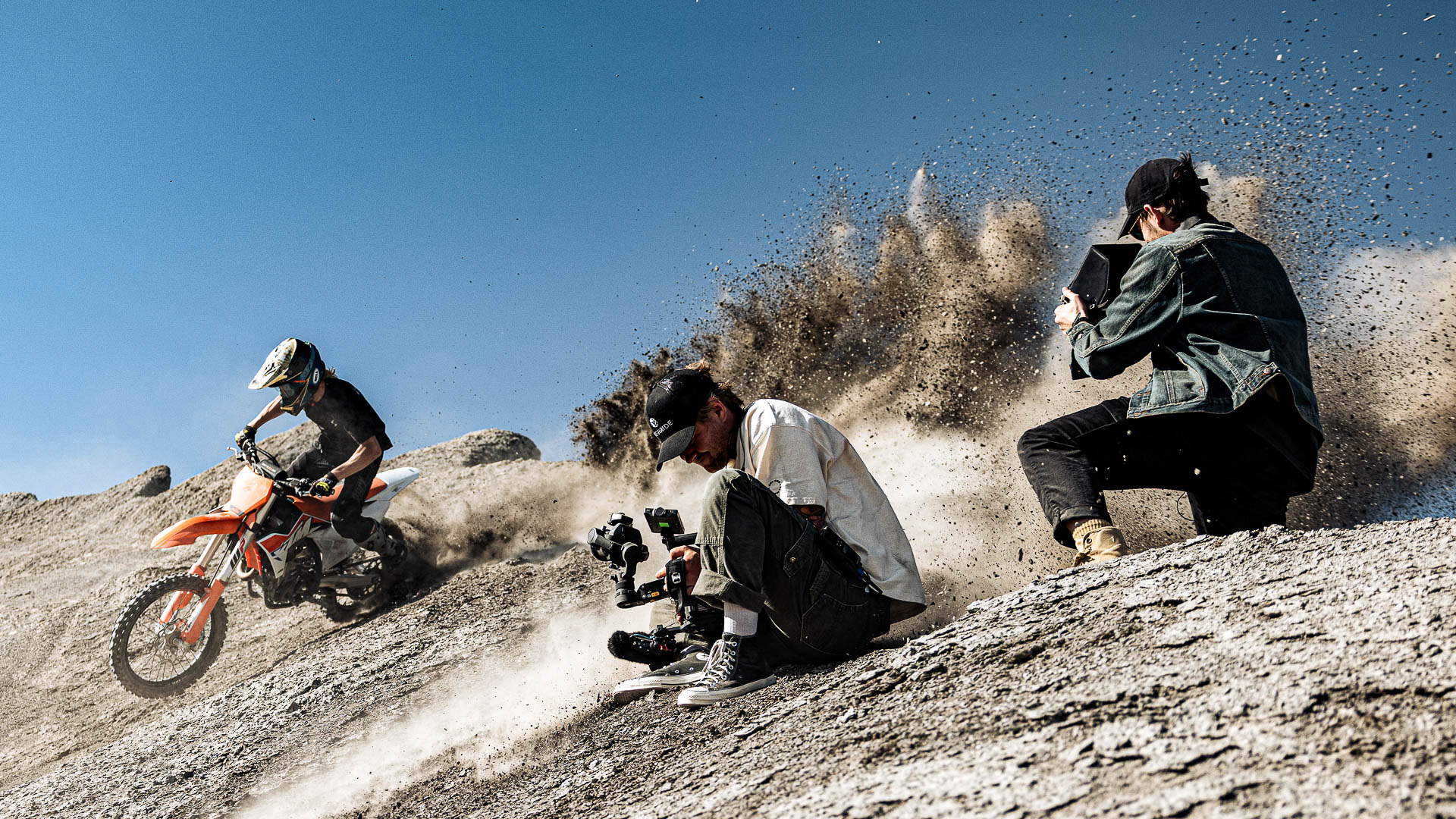
When judging Musicbed Challenge submissions, what’s the one thing that sets great edits apart from the rest?
Good editing should be invisible and seamless. It should enhance the story and not draw attention to itself.
Of course, there are times when you need to have a dynamic montage or many pieces of graphical elements on screen, but those are brief moments within a film.
But submissions like that wouldn’t get my vote for Best Editing unless they’re in conjunction with a strong focus on storytelling, efficiency, patience, and how the scenes are built.
And of course, I’ll ask the question of the edit: Did I feel something?
RELATED READS: The Winners of Musicbed Challenge 2024
This was written as a part of Musicbed Challenge 2025. Want to learn more?
